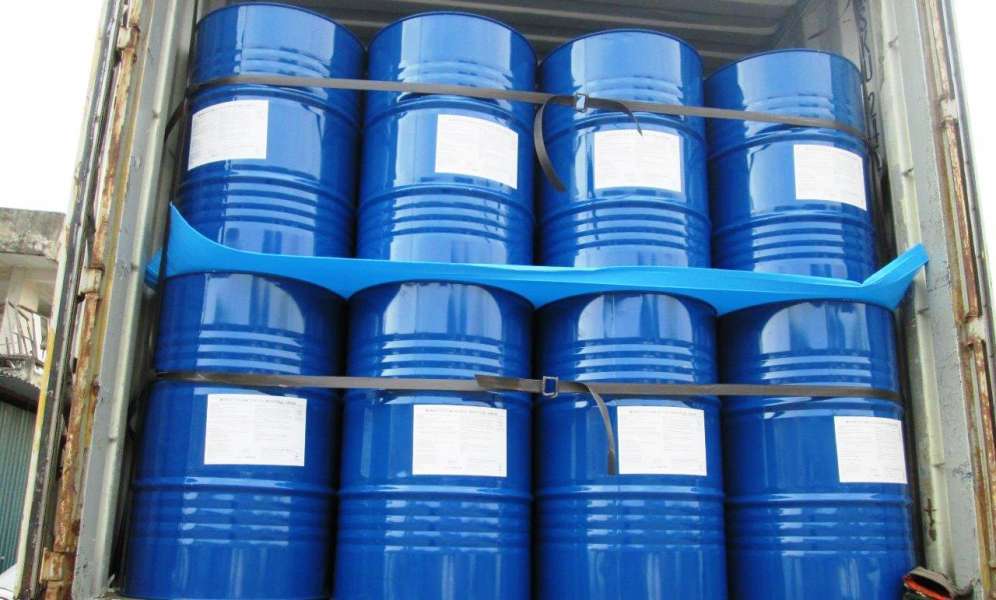The Global Ethylene Market is estimated to be valued at US$ 137.2 Bn in 2023 and is expected to exhibit a CAGR of 6.0% over the forecast period 2023 to 2030, as highlighted in a new report published by Coherent Market Insights.
Market Overview:
Ethylene or ethene is an organic chemical that serves as a basic petrochemical raw material. It is primarily used in the production of polyethylene which finds applications in films, sheets, injection molding, rotational molding etc. for packaging and consumer goods. Ethylene oxide is also derived from ethylene which is used to manufacture ethylene glycol, ethanolamines, surfactants amongst others. The global ethylene market is driven by the growing demand for polyethylene and ethylene oxide from end-use industries such as packaging, construction, automotive and textiles.
Market Dynamics:
The growing global population along with rising disposable incomes is driving the demand for consumer goods which in turn is propelling the packaging industry. As polyethylene is extensively used for packaging applications, its increasing consumption is augmenting the ethylene market. Furthermore, infrastructure development and construction activities across both developed and emerging economies are fueling the production of ethylene oxide and its downstream derivatives such as ethylene glycol which are used to manufacture polyester fibers, plastic bottles, antifreeze and other construction chemicals. Sustained economic growth especially in Asia is thus projected to drive the global ethylene market over the forecast period.
Segment Analysis
The global ethylene market is segmented by derivative, application, and region. On the basis of derivative, the market is segmented into ethylene oxide, ethylene glycol, ethyl benzene, ucla, polyethylene, and others. The polyethylene segment dominates the market and is expected to maintain its dominance over the forecast period due to its extensive use in a wide range of applications like packaging, automobile, medical devices, consumer goods, and construction.
PEST Analysis
Political: Government regulations on plastic disposal and recycling are influencing market players to shift toward biodegradable and sustainable production methods.
Economic: Growth in end-use industries like packaging, automotive, and construction is driving the demand for ethylene and its derivatives globally. Volatility in crude oil prices impacts the overall production cost.
Social: Rising health awareness is prompting lifestyle changes and reusable/biodegradable substitutes for plastics are gaining popularity.
Technological: Advancements in bio-based ethylene production methods using renewable feedstocks and focus on circular economy through plastic waste recycling are some key technological trends.
Key Takeaways
The Global Ethylene Market Size is expected to witness high growth, exhibiting CAGR of 6.0% over the forecast period, due to increasing demand from the packaging industry. The packaging segment accounts for over 30% of total ethylene consumption globally.
Regionally, Asia Pacific dominates the global ethylene market and is expected to maintain its dominance over the forecast period. Abundant raw material availability, growing demand from end-use industries, and presence of key market players are driving the Asia Pacific market. China accounted for over 30% of the global ethylene production capacity in 2022.
Key players operating in the ethylene market are BASF SE, Chevron Phillips Chemical Company, LLC, Exxon Mobil Corporation, Ineos Group Ltd, LyondellBasell Industries N.V., Royal Dutch Shell plc, Saudi Basic Industries Corporation, China Petroleum & Chemical Corporation (Sinopec), The Dow Chemical Company , Lonza Group. The market leaders are focusing on capacity expansions, partnerships, and backward/forward integrations to strengthen their market position.
*Note:
1. Source: Coherent Market Insights, Public sources, Desk research
2. We have leveraged AI tools to mine information and compile it




